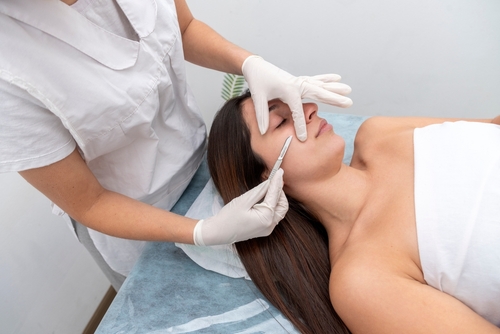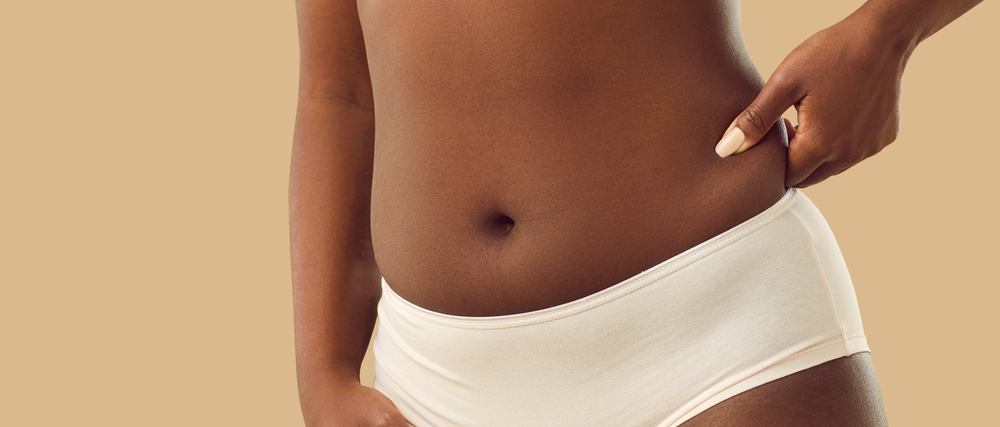
Dermaplaning is a non-invasive skin treatment that involves using a surgical blade to lightly and carefully remove dead skin and peach fuzz. When performed by a professional, the procedure does not hurt and can provide the signature “dermaplane glow.” So, what are the pros and cons of dermaplaning?There are many pros of dermaplaning. It helps remove dead skin and unwanted hair as well as helps make subsequent skincare products and treatments more effective. It is the perfect pre-event procedure. The procedure itself is essentially painless and takes under an hour to perform. There are also few risks associated with dermaplaning.The cons of dermaplaning mainly consist of the fact that it provides temporary results. The hair will grow back, the dead skin will accumulate again, and the glow tends to last a week or two. Occasionally, dermaplaning can irritate the skin. While major irritation is rare, the procedure should not be performed on inflamed skin or a major breakout.To learn more and schedule a consultation, call us at 425-775-3561. You can also reach out online via chat, contact form, or Price Simulator.

Liposuction is a well known plastic surgery procedure that uses light suction to remove fat cells. Though, a common misconception is that liposuction is a weight loss surgery, but this is inaccurate. Liposuction removes small pockets of fat to help tone and contour the body. In the largest liposuction procedures, it will remove up to ten pounds of fat. Therefore, this can lead patients to ask, “Should I lose weight before lipo?”The answer to this question is complicated. The first factor to consider is the goals for undergoing liposuction. If a patient is looking to address a particular area such as under the chin, losing weight is not necessary in most cases. However, if a patient is more for sculpting and contouring or there are multiple treatment sites, Dr. Jonov may recommend losing some weight before liposuction.Generally, anyone with a BMI under 30 does not need to lose weight to see good results. Though, again, this can vary. In some cases, such as that of a fat transfer procedure like a BBL, Dr. Jonov may advise the patient to gain some weight in order to have enough fat to transfer. With that said, it is rare for major weight changes to be needed to undergo surgery. If currently in the process of losing weight, wait to seek liposuction until around ten pounds within the goal weight. This will give Dr. Jonov a more accurate idea of how the skin will retract and if liposuction will provide good results. To learn more and schedule a consultation, call us at 425-775-3561 or reach out online via chat, contact form, or Price Simulator.

Breast lift surgery corrects sagging breasts and it can sometimes make the breasts look smaller. However, is this an optimal illusion or are the breasts actually smaller? The answer is not necessarily straightforward. So, let’s look deeper into the question, “Do you lose breast size with breast lift?”The main factor that determines if you lose breast size with a breast lift is how much sagging is present. If there is only a small amount of sagging and extra skin, patients will likely not lose breast volume. For larger breast lifts, some breast tissue will likely also need to be removed to provide a good result.Women who undergo a large breast lift may also consider getting breast implants to maintain volume and make their breasts look even more youthful. Though, many patients who require a massive breast lift would benefit from a breast reduction which Dr. Jonov can perform at the same time. To learn more and schedule a consultation, call us at 425-775-3561 or reach out online via chat, contact form, or Price Simulator.

Chemical peels are a professional exfoliation treatment that uses specific acidic substances to strip dead and damaged skin away. It does this by causing peeling over the course of a few days. They are a great all-around skin treatment and some have anti-aging properties as well. Patients often ask, “How often should I get a chemical peel?”In general, master estheticians recommend waiting at least four to six weeks between chemical peels. This allows the skin to recover and fully heal before creating controlled damage again. Even for light peels, it is best not to have them too often to prevent added irritation or damage.Some patients may also choose to alternate chemical peels with another procedure such as microneedling. In this case, patients will only undergo a chemical peel roughly every eight to twelve weeks. Ultimately, the duration of time between chemical peels depends on the patient’s skin and their goals.To learn more and schedule a consultation, call us at 206-775-3561. You can also reach out online via chat, contact form, or Price Simulator. 





Recent Comments